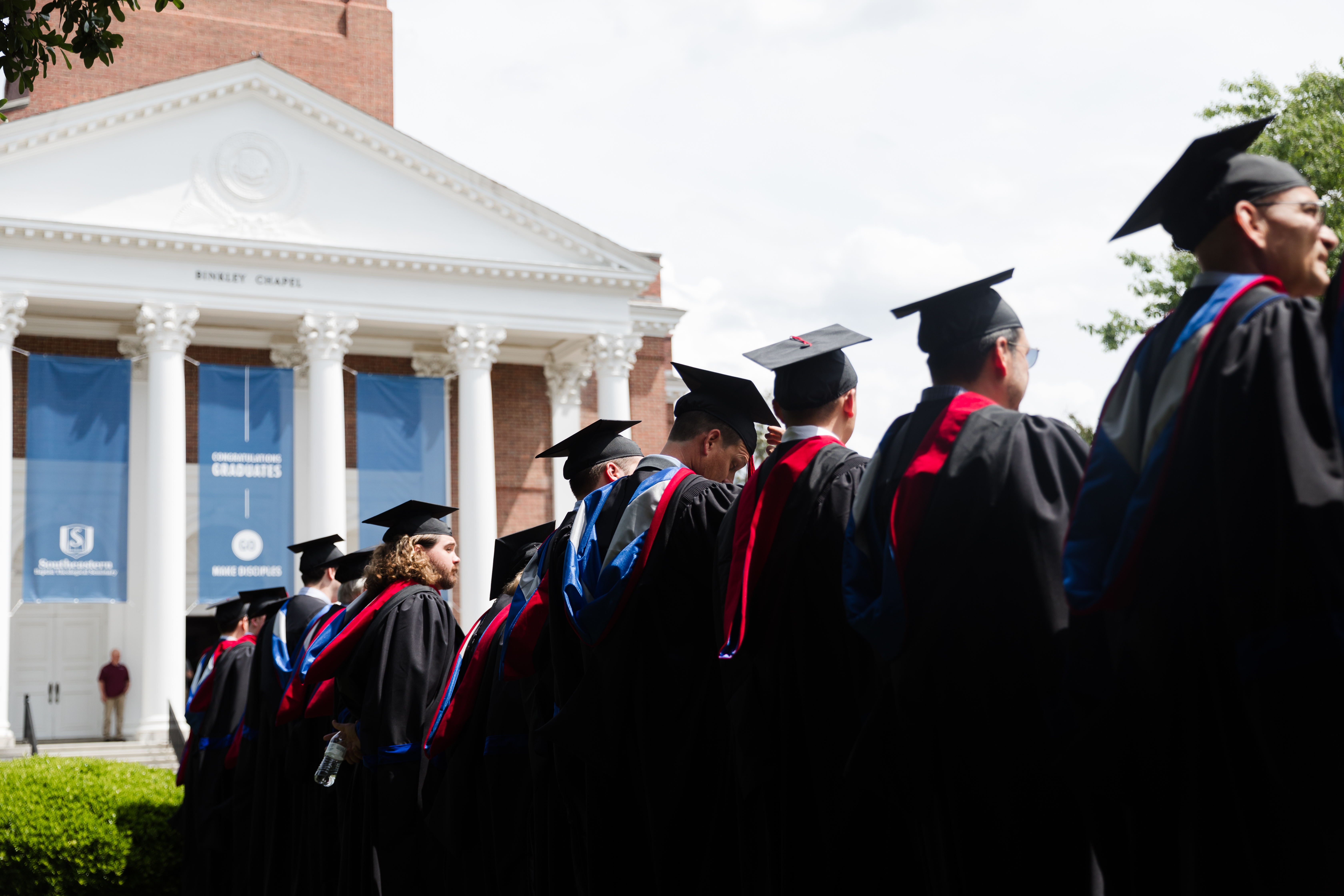Smith invites the church to consider the importance of kairos timekeeping, which is a “spiritual timekeeping” that acknowledges our embodied experience of time, and ultimately, the shaping power of divine, liturgical time.
As my friend confessed, the Advent season is incredibly fast-paced for most families: school events, church programs, Christmas parades, shopping, wrapping, cooking, hosting, and a medley of other hurried activities. Busyness has saturated the ecology of American living, and this busy mode of efficiency and utility has disrupted how we live, move, and have our being during Advent.
In other words, our calendars prod us to do and not to be.
In fact, many corporations, businesses, and institutions operate on chronos timekeeping, which fixates on quantitative to-dos. And when you’re primarily focused on the horizontal and everyday plane, experiencing time begins to feel mundane and meaninglessly flat.
Beyond busyness, digital and technological modes may even influence us into dispositions of boredom. Our phones and computers, with their constant distractions and instant gratification, can actually make us more discontent and restless.
Disney’s recent film, “Inside Out 2,” features a set of new characters, one being Ennui (pronounced, än-wē)—a French word meaning “boredom.” It’s no coincidence that Ennui is often depicted holding a phone while apathetically laying down on a couch. Our own feelings of boredom include weariness, dissatisfaction, and restlessness as we endlessly scroll on our social media feeds.
Boredom easily correlates to a flattened sense of time where life begins to feel meaninglessly foggy and hazy. Samuel D. James, in his book Digital Liturgies, writes, “The spiritual and intellectual haze we feel is the feeling of thinking, feeling, and believing more like our technologies.” Thus, our technologies are shaping our emotions and imaginations to experience time as hopelessly boring.
So, the lingering question is, “How can the church subvert chronos timekeeping this Advent season?” Or better, “How can the church be shaped by a transcendent, qualitative timekeeping in order to subvert chronos’s habits of busyness and boredom?”
The arts may provide some spiritual remedies.
Whether we’re discussing visual arts (painting, ceramics, drawing), performing arts (theater, dance, film), or literary arts (poetry, prose), these media typically have innate timekeeping modes, prompting audiences to reflect, ruminate, and respond.
To this point, artist Makoto Fujimura considers the Japanese art form of Nihonga as “a slow process that fights against efficiency.” The Visual Commentary on Scripture (VCS) marries the visual arts and theological reflection in order to fight against such efficiency. VCS is a free online resource that provides material for teaching, preaching, researching, and reflecting on the Bible, art, and theology. It offers Advent readings and reflections that visually and liturgically subvert those modes of chronos’s linear to-dos.
VCS integrates the Word with the world of visual art to paint for us an alternative way, a path where our entire selves can be unburdened from December’s busyness. Through VCS, we’re invited to rest in the Word while our imaginations wrestle with a Giovanni di Paolo painting. In so doing, our hearts and imaginations are arrested to consider the depth of time, where the divine breaks into the ordinary.
Beyond visual art, literary art, like poetry, during Advent can disrupt the existential bondage of boredom. For instance, consider the subtle power of Michael Longley’s short poem “The Birth”:
“The cosmos-shaper has come down to earth: Mary is counting his fingers and toes.”
In fourteen simple words, Longley immerses us in the Advent theme of incarnation. On the left side of the colon (:), we can sense the mysterious and powerful nature of God, and on the other side of the colon, we can now see the teenage Mary touching the toes of the infantile cosmos-shaper. Longley bids our senses to—alongside Mary—touch Jesus’s toes. No longer is the ordinary merely mundane or boring; the physical is teeming with the divine.
During this Advent season, consider resources like The Visual Commentary on Scripture, The Revised Common Lectionary, Biola University’s The Advent Project, or the poetry of Malcolm Guite. May our yearnings for Christ cause us to slow down, to be still, and to be present to the God who “became flesh and dwelt among us” (Jn 1:14).





No comments have been added.